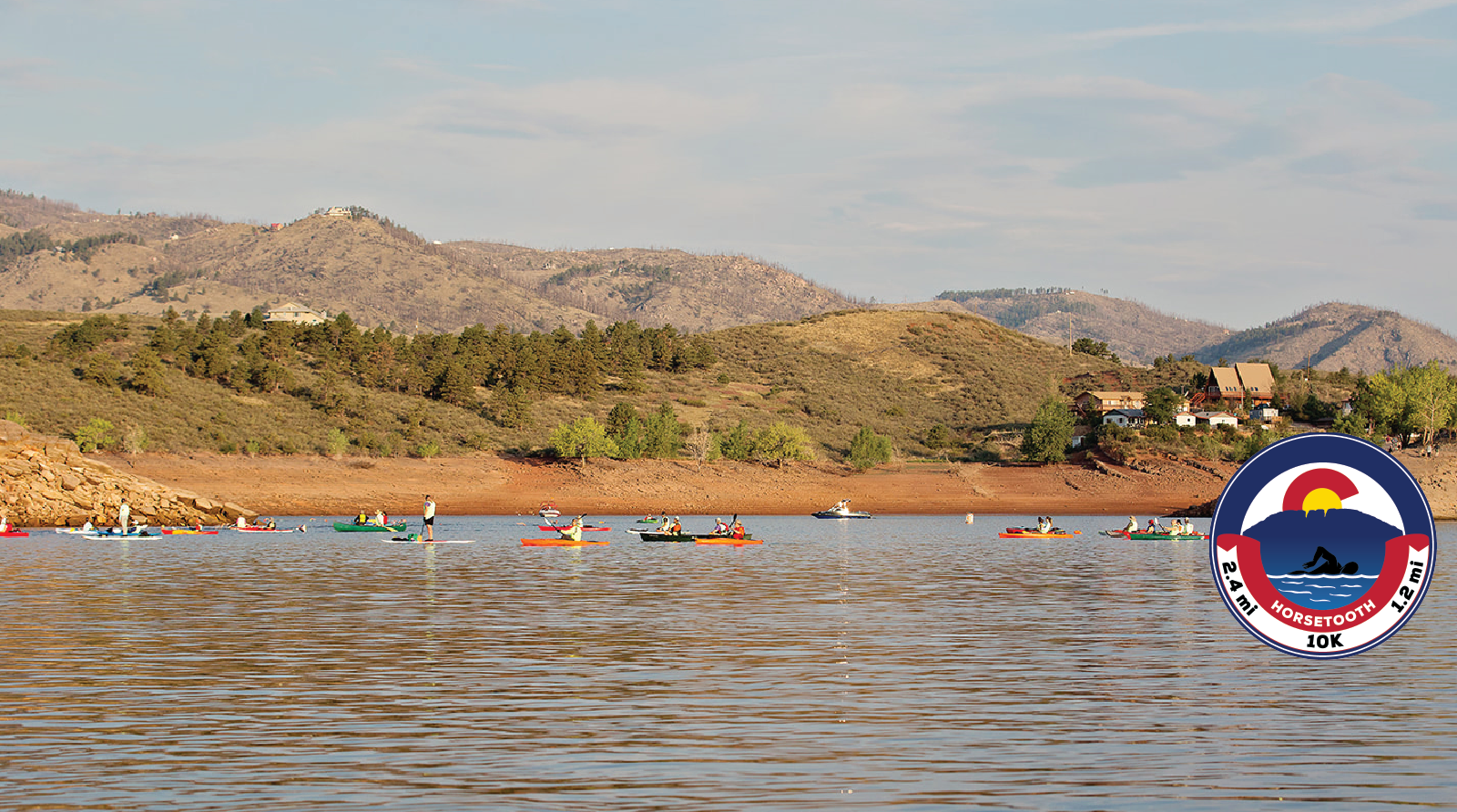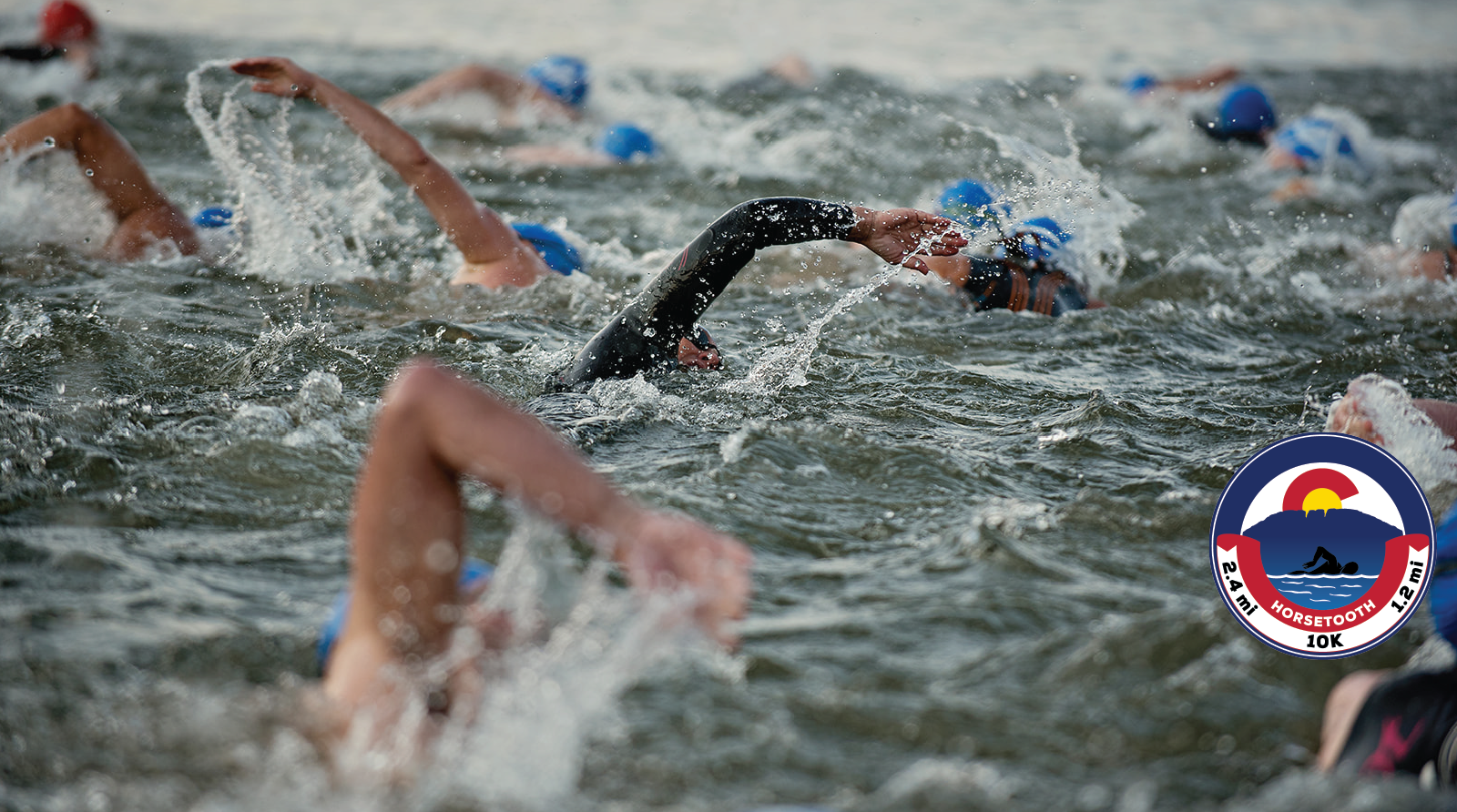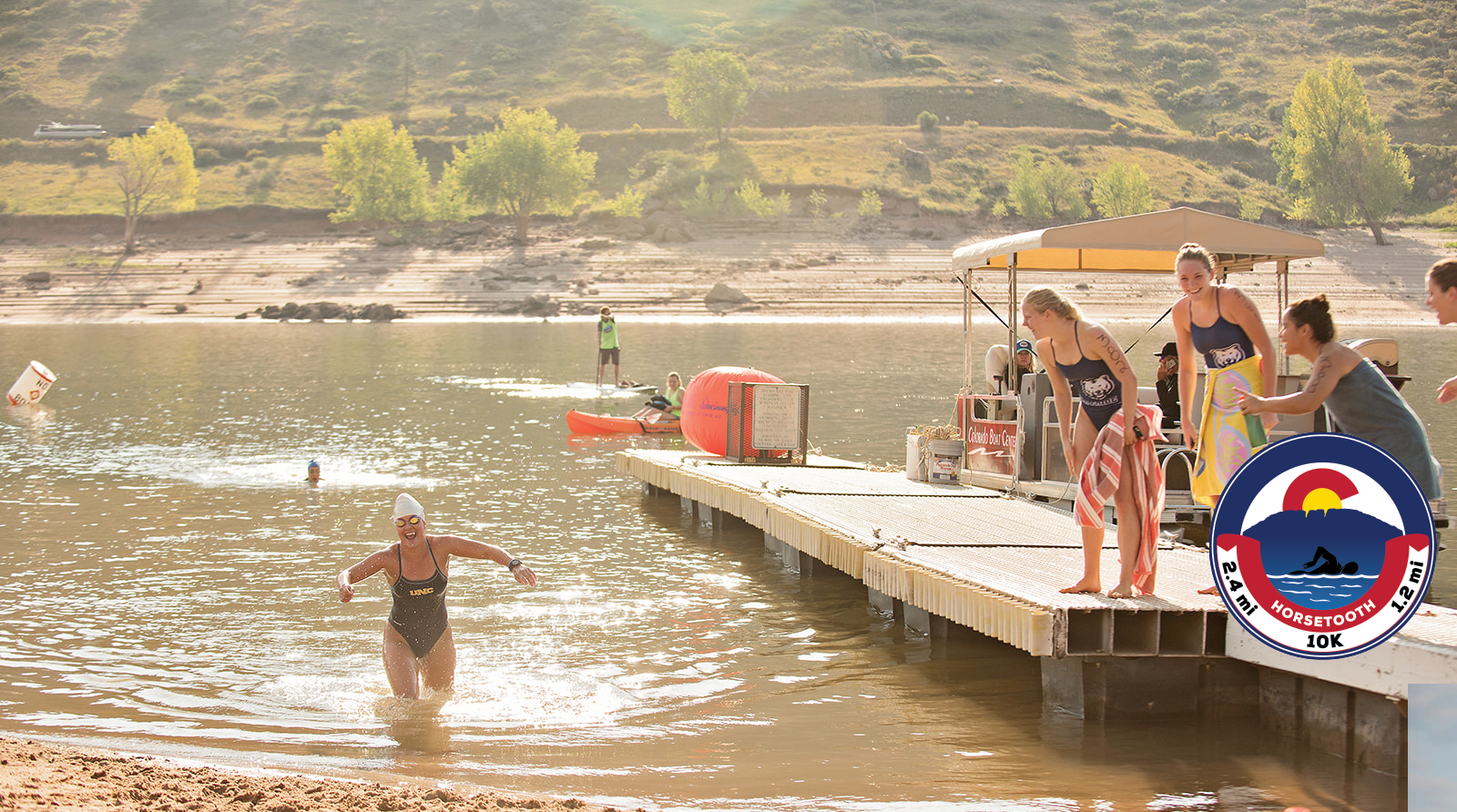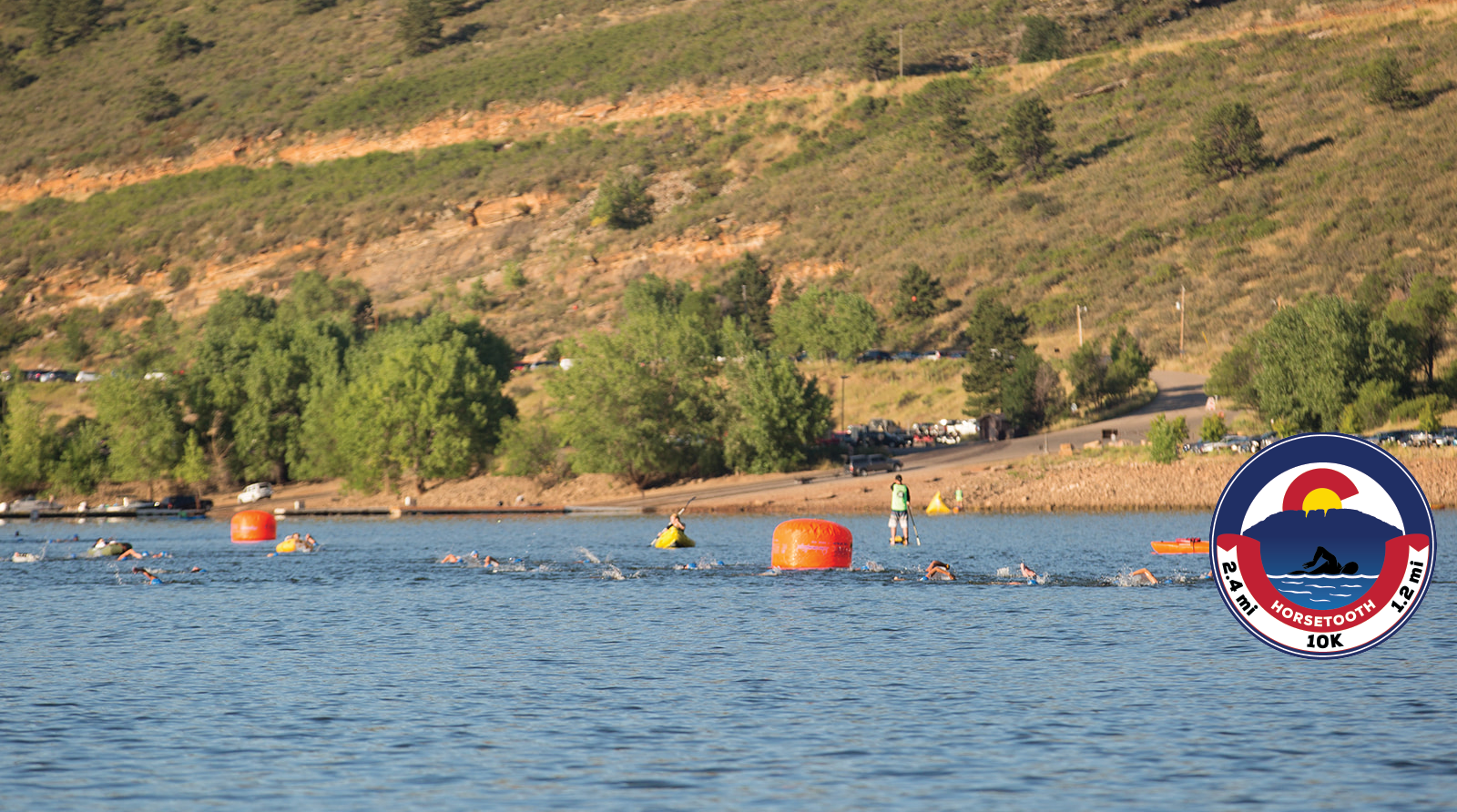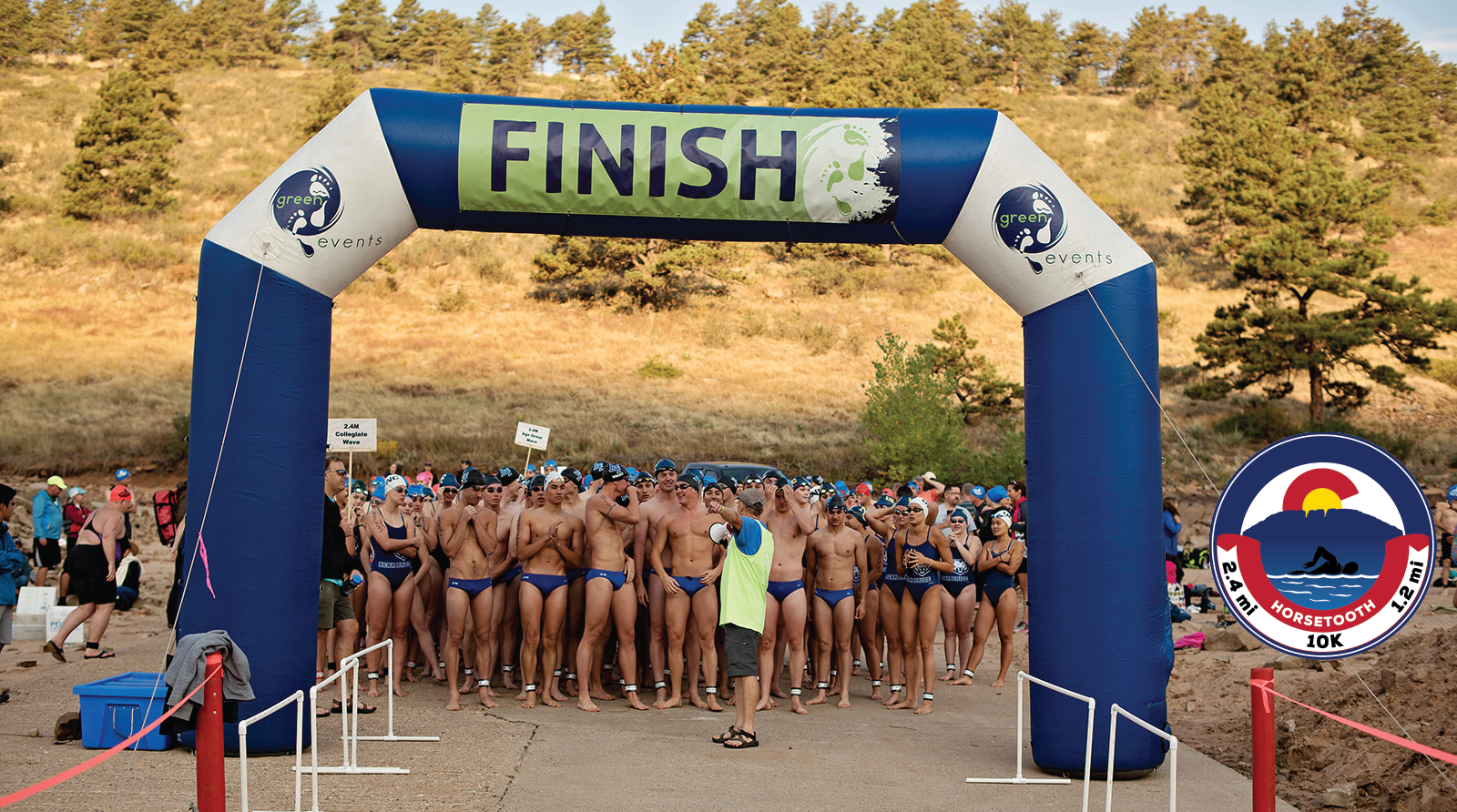Nutrition for the Long Swim
The following are articles on nutrition for swimming a 10K which is also applicable for shorter swims or other athletic events. Click on the links below to view the webpage or download the pdf version.
Nutrition for the Long Swim (PDF version Nutrition for the Long Swim) added May 23, 2018
Practice Race Nutrition (PDF version Practice Race Nutrition) added July 7, 2018
Practicing Race Nutrition
By Dr. D
Time to Practice Race Nutrition
Two months before the big race is time to start practicing your race nutrition plan. Race nutrition consists of the pre-race meal and nutrition during the swim. Practice both on your long swims at least a few times before race day. Dial in nutrition. Nothing new on race day except the race!
Pre-race meal:
2 hours before your swim. This meal should consist of easily digestible foods and supply 40 or more grams of carbohydrate.
Carbohydrates are plant foods. For race morning stick with fresh fruit such as banana, cantaloupe, melon, pear, grapes, and peaches. Dried fruit or fruit with seeds such as strawberries are not advisable. Also include grain or baked or boiled potato. Best bets here are oatmeal, plain bagels or potato.
Some fat can lower the glycemic index of the carbohydrate and give the meal staying power. Smooth style peanut butter or butter work well for most.
Avoid milk and yogurt (lactose). Avoid cherries and other high fructose fruit or acidic foods that might upset a nervous stomach (pineapple, oranges). No small seeds (poppy seeds, sunflower seeds, etc). Keep it plain and easy to digest.
Coffee if tolerated.
Travel:
Check availability of food at your accommodations race morning. If you are a coffee addict, know whether you can get coffee race morning or need to bring your own supplies including a travel cup. I’ve used the coffee machines in the room, even to make my own drip coffee and instant oatmeal. Small boiling pots are easily portable. Plan ahead.
Check whether you will be able to get food early race morning at your place of accommodation. If not, then supply your own. Plan ahead and practice specifics.
Some meal suggestions:
Oatmeal (instant OK) plus banana.
Bagel with peanut butter or butter
PB and J sandwich
Race:
Review of nutrition needs for swim races 2-5 hours in length:
60-90 grams of easily digestible (high glycemic) carbohydrate per hour (protein not needed)
Mixed sugar (carbohydrate) sources: glucose, fructose (limit), maltodextrins, sucrose. Fructose can cause GI problems in high concentrations – depending on the individual. Maltodextrins are desirable due to easy digestion and ability to tolerate higher “sugar” concentrations. Practice the specifics.
Fluid: 12-24 oz per hour
Caffeine is also beneficial.
Suggestions:
No Gels!!! That is what all the experienced open water swimmers say. Gels are too thick, can cause gastric upset and the packets present problems with both consumption and trash.
Sports drinks that supply mixed sugars. Read labels. Best bets are Cytomax and Accelerade . Gatorade is also good and easily available but does not supply maltodextrins. Best to buy powder and mix your own.
Option: mix it up with canned pear or apricot juice drinks or defizzed Coca Cola. Juice drinks can be found in cans in the non refrigerated juice section of the grocery store and need to be transferred to water bottles with larger openings (They are relatively thick. This thickness could be beneficial for the stomach later in the race). Coca Cola has phosphates that settle your stomach, caffeine and high sugar concentrations. Read the label to determine how much you need to drink to get your targeted carbohydrate amount.
Make your own: Water plus sugar plus a pinch of salt or electrolyte tabs. 1 Tablespoon of sugar = 12 grams of carbohydrate.
Drinks should supply 30-45 grams of carbohydrate in 6-8 ounces.
Water or electrolyte solution plus sugar sources such as gummies can also work but chewing takes time and gummies get goopy when wet!
Timing:
Watch your watch.
Feed every 30 minutes. Roll over on your back and gulp down 6-8 ounces of the drink of your choosing. Learn to gulp and get back to racing as quickly as possible.
Mark bottles clearly with feed increments ( I use a permanent marker to clearly mark 6-8 ounces on a clear bottle so I can see the fluid).
Training Logistics:
Pool: Keep your drink/food on the pool deck and practice rolling onto your back and fueling fast.
Open water: Place your drink/food on a float or on the shore and loop around or carry in a Safety swimmer. Best: Practice with a kayaker.
Race Day: Plan and Communicate with your boat
Tie string to water bottles or other fuel sources so the kayaker can hand you the bottle. Drink and drop and the kayaker can retrieve the bottle.
The kayaker will be keeping time for you so make sure they have a watch! Plan communication and signals. If you breathe to one side, the kayaker should be on that side so you can see them.
An example of communication could be a bright cloth the kayaker holds up or hand signals when it is time to feed.
Roll and gulp then back to racing.
Deborah Shulman, Ph.D., is a physiologist specializing in sports nutrition and training and has worked with athletes from recreational to Olympic level to achieve their athletic potential. Email: drd.bodyscience@gmail.com.
